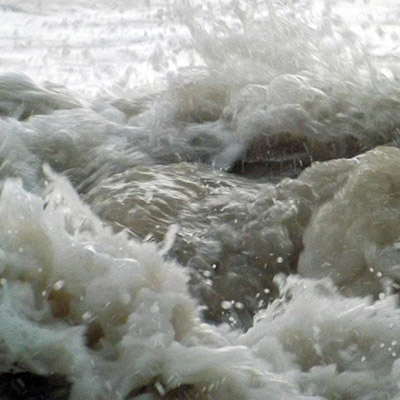Mixing in the Surface Mixed Layer of Temperate Shelf Seas

Brian Scannell – Bangor University
Supervisors:
- Tom Rippeth
- Mattias Green
- Jeff Polton
- John Siddorn
Summary
The ocean plays a vital role in our climate, absorbing and transporting heat and carbon; the exchanges of heat and gases such as CO2 between the atmosphere and the ocean are directly influenced by sea surface temperature, which in turn depends on the depth over which mixing occurs at the ocean surface. The current state-of-the-art numerical models struggle to reliably predict sea surface temperatures and the depth of the surface mixed layer and so the goal of this project is to improve the representation of the physical processes that drive mixing, focusing on the complex interactions between wind, waves and tides. By evaluating the significance of the various physical processes driving ocean surface layer mixing by testing against observational data, the project will contribute to improving the accuracy of the numerical models used to forecast weather and predict future climate change.
Research
The project will be conducted using observational data and numerical models: initially an existing 1D vertical turbulence model will be utilised and applied to both new and historical datasets. The findings from this will then be applied to the 3D models used by NOC and the Met Office.
Why This Subject Matters to Them
“Climate change could potentially have profound social and ecological impacts on a global scale, it is therefore essential that the tools used to evaluate risk and contribute to policy making are as robust as possible. However, for me personally, simply gaining a better understanding of the fascinating and complex physical processes that control something a seemingly straightforward as sea surface temperature is hugely rewarding.”
